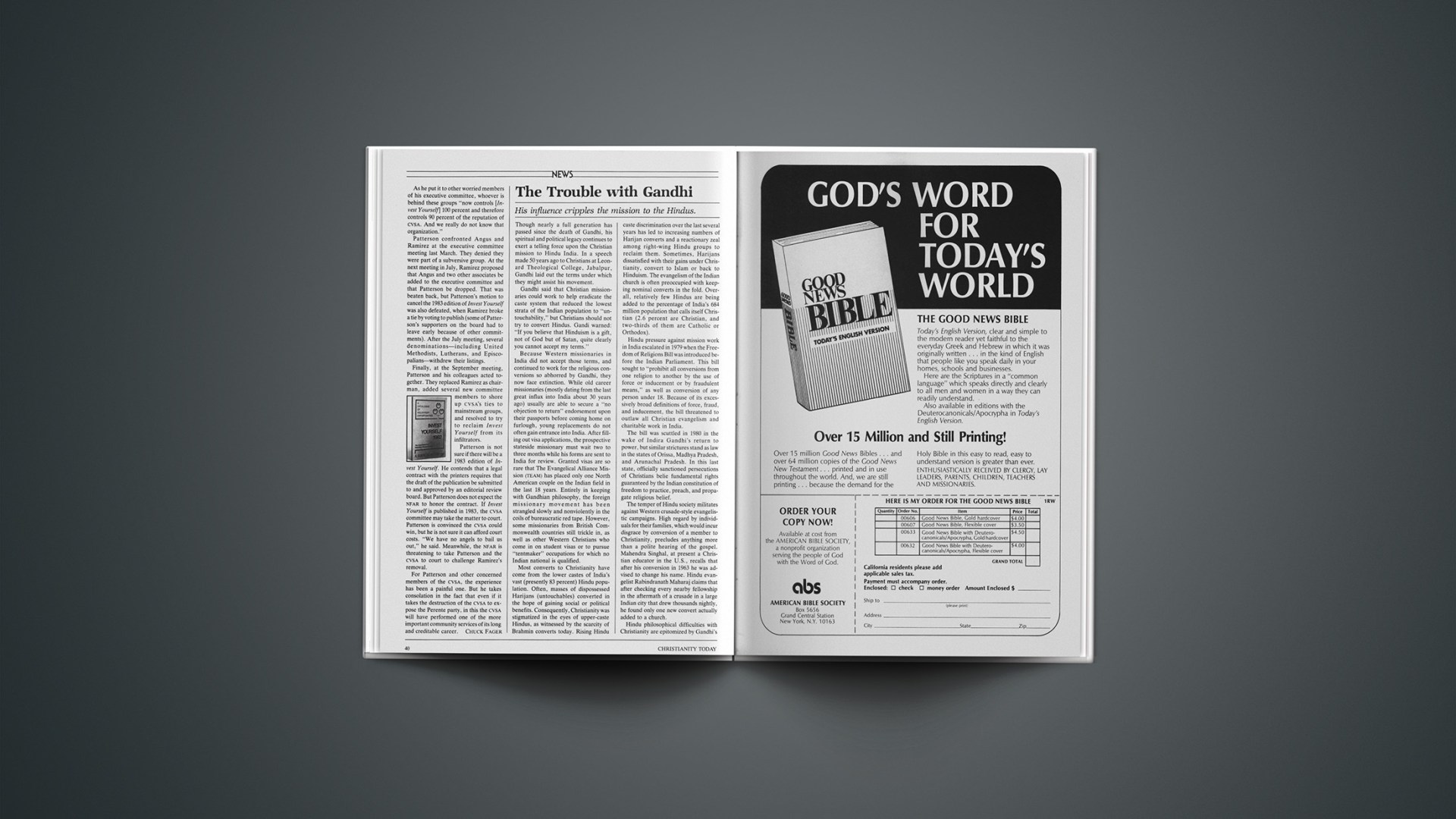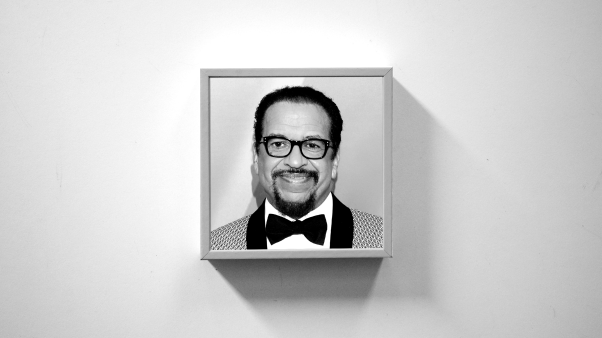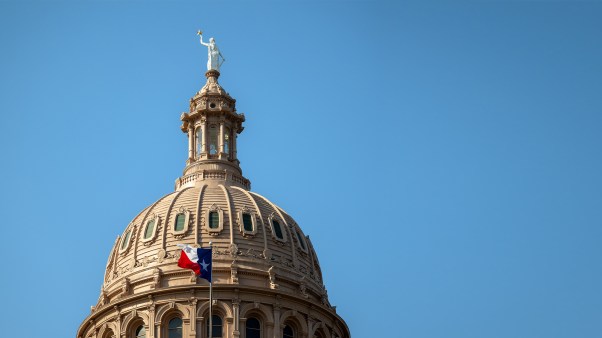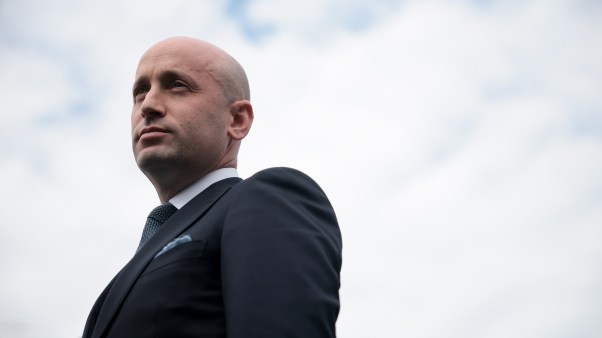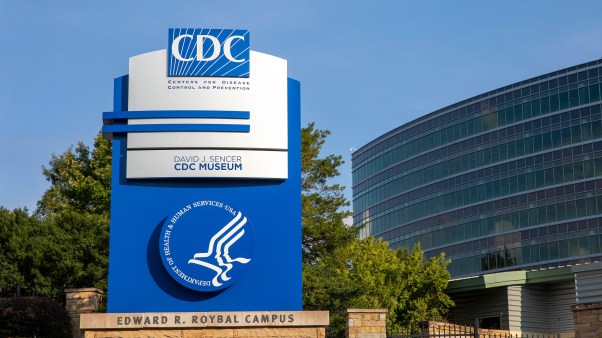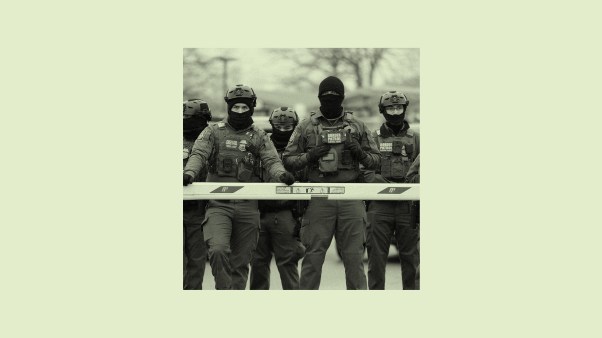His influence cripples the mission to the Hindus.
Though nearly a full generation has passed since the death of Gandhi, his spiritual and political legacy continues to exert a telling force upon the Christian mission to Hindu India. In a speech made 50 years ago to Christians at Leonard Theological College, Jabalpur, Gandhi laid out the terms under which they might assist his movement.
Gandhi said that Christian missionaries could work to help eradicate the caste system that reduced the lowest strata of the Indian population to “untouchability,” but Christians should not try to convert Hindus. Gandi warned: “If you believe that Hinduism is a gift, not of God but of Satan, quite clearly you cannot accept my terms.”
Because Western missionaries in India did not accept those terms, and continued to work for the religious conversions so abhorred by Gandhi, they now face extinction. While old career missionaries (mostly dating from the last great influx into India about 30 years ago) usually are able to secure a “no objection to return” endorsement upon their passports before coming home on furlough, young replacements do not often gain entrance into India. After filling out visa applications, the prospective stateside missionary must wait two to three months while his forms are sent to India for review. Granted visas are so rare that The Evangelical Alliance Mission (TEAM) has placed only one North American couple on the Indian field in the last 18 years. Entirely in keeping with Gandhian philosophy, the foreign missionary movement has been strangled slowly and nonviolently in the coils of bureaucratic red tape. However, some missionaries from British Commonwealth countries still trickle in, as well as other Western Christians who come in on student visas or to pursue “tentmaker” occupations for which no Indian national is qualified.
Most converts to Christianity have come from the lower castes of India’s vast (presently 83 percent) Hindu population. Often, masses of dispossessed Harijans (untouchables) converted in the hope of gaining social or political benefits. Consequently, Christianity was stigmatized in the eyes of upper-caste Hindus, as witnessed by the scarcity of Brahmin converts today. Rising Hindu caste discrimination over the last several years has led to increasing numbers of Harijan converts and a reactionary zeal among right-wing Hindu groups to reclaim them. Sometimes, Harijans dissatisfied with their gains under Christianity, convert to Islam or back to Hinduism. The evangelism of the Indian church is often preoccupied with keeping nominal converts in the fold. Overall, relatively few Hindus are being added to the percentage of India’s 684 million population that calls itself Christian (2.6 percent are Christian, and two-thirds of them are Catholic or Orthodox).
Hindu pressure against mission work in India escalated in 1979 when the Freedom of Religions Bill was introduced before the Indian Parliament. This bill sought to “prohibit all conversions from one religion to another by the use of force or inducement or by fraudulent means,” as well as conversion of any person under 18. Because of its excessively broad definitions of force, fraud, and inducement, the bill threatened to outlaw all Christian evangelism and charitable work in India.
The bill was scuttled in 1980 in the wake of Indira Gandhi’s return to power, but similar strictures stand as law in the states of Orissa, Madhya Pradesh, and Arunachal Pradesh. In this last state, officially sanctioned persecutions of Christians belie fundamental rights guaranteed by the Indian constitution of freedom to practice, preach, and propagate religious belief.
The temper of Hindu society militates against Western crusade-style evangelistic campaigns. High regard by individuals for their families, which would incur disgrace by conversion of a member to Christianity, precludes anything more than a polite hearing of the gospel. Mahendra Singhal, at present a Christian educator in the U.S., recalls that after his conversion in 1963 he was advised to change his name. Hindu evangelist Rabindranath Maharaj claims that after checking every nearby fellowship in the aftermath of a crusade in a large Indian city that drew thousands nightly, he found only one new convert actually added to a church.
Hindu philosophical difficulties with Christianity are epitomized by Gandhi’s query: “Why should a Christian want to convert a Hindu to Christianity and vice versa? Why should he not be satisfied if the Hindu is a good or a godly man?” Maharaj says he meets the same response today when he presents the claims of Christ to his people. “Hindus will agree with all you have to say until you preach the uniqueness of Jesus Christ. Then you lose them. They cannot conceive that there is only one way to God.” According to Singhal, Hindus are spiritually very aware but never define God concretely. They must be shown that Jesus Christ is the true embodiment of their divine abstraction.
The caste system is as integral to Hinduism as the first chapter of its sacred Bhagavad Gita, in which the god Krishna aquaints the man Arjuna with his caste obligations. Even Gandhi wrote in 1935: “It is a conviction daily growing upon me that the great and rich Christian missions will render true service to India if they can persuade themselves to confine their activities to humanitarian service without the ulterior motive of converting India, or at least her unsophisticated villagers, to Christianity, and destroying their social superstructure, which, notwithstanding its many defects, has stood now from time immemorial.…”
“India’s real problem is a spiritual one, not a physical one as propagated by the media. The Hindu religion perpetuates a mindset that makes people accept the lot their gods have given them,” observes Paul Windsor, a New Zealander raised in India.
Recent positive developments in indigenous Indian evangelism include the fruitful penetration of many Hindu villages by evangelists from the Friends’ Missionary Prayer Band and the 1982 release of the New Hindi Bible, which compares to the Old Hindi version much as the NIV compares to the KJV. In addition, there is a new array of social action programs aimed at aiding oppressed members of the lower castes. The 1979 Madras “Declaration of Evangelical Social Action” shaped a comprehensive new commitment by the Indian church to social justice and material relief alongside evangelism and education as means of spreading the gospel.
One of the most remarkable examples of contextualization of the Christian mission to Hindu India is the growth of Christian ashrams (numbered at about 40 in 1973). Following the ideal of ancient and modern Hindu discipleship communities such as that of Gandhi at Sevagram, these ashrams provide a contemplative atmosphere conducive to communion with God. For example, the Aashiana community in New Delhi has about 25 members committed to a life of prayer, mutual support, and service to marginal people living in the city. Upper-caste Hindu youths who drop out of their society hippie-style are sometimes drawn to Aashiana alongside spiritual pilgrims from the West.
In the light of Christianity’s historical impact upon Hinduism, it is ironic that some nominal Christians in the West are turning eastward to embrace one of a plethora of cults spawned in India. Danish Lutheran scholar Johannes Aagaard has documented the activities of the Visva Hindu Parished (VHP), the international missionary council of Hinduism that promoted a 60,000-strong world Hindu conference in Allahabad in 1979. The VHP’s avowed goals are to consolidate and strengthen Hindu society and to establish a mission for disseminating a dynamic Hinduism worldwide. Many of the guru associations operating in the West, such as Hare Krishna, function in cooperation with the VHP. Aagaard’s research has convinced him that Indian Hinduism is carrying on a vigorous mission program both at home and abroad, and that the strategies and goals of the VHP are the starting point for many of the new religious movements in the West.
Already, many Westerners whose religious convictions have been relativized can say with Gandhi: “For me the different religions are beautiful flowers from the same garden, or they are branches of the same majestic tree. Therefore they are equally true.…” Rabi Maharaj is unequivocal about the recent momentum that Gandhi’s religious ideas have gained. “The film Gandhi presents a major stumbling block to evangelism both in the West and in India,” he declares. Maharaj fears that the West is being deluded into universalism and that the East is being reinforced in that ancient lie. “Many Indians have asked me, ‘Why should I look to Christ for the answer when so many of your Western Christians are looking to Hinduism for the answer?’ ”
What can the Christian mission to Hindu learn from Gandhi and his religion? According to the Lausanne-sponsored report on Christian witness to Hindus, essential qualities for a spiritual leader in Hindu society are the very Gandhi-like qualities of being willing to wait, self-mortification of both body and desires, voluntary suffering of pain and fasting. “Christian leaders with this type of spiritual qualification are a powerful means of communication,” concludes the report.
Of necessity, the classic Western mission program of mass evangelism, medical work, and education must become more and more “Indianized,” both in terms of personnel and methodology. Inevitably, the work of such stalwarts as the Bible and Medical Missionary Fellowship (BMMF), the Christian and Missionary Alliance, the International Christian Fellowship, and others must pass into indigenous hands and take on indigenous ways. What will be the best strategy for an effective Christian witness to Hindu India? Says Paul Windsor, who combines BMMF upbringing with research in missions, “If Christian missionaries would only present the poor, humble Jesus of the New Testament to the Hindu masses, rather than Jesus in the image of an English bishop or an American evangelist, then surely those masses would follow Christ just as they followed Gandhi.”
A tribe of Guatemala Indians, fleeing guerrilla and government warfare in their homeland, has taken cover in a surprising location: downtown Los Angeles. After visiting three Christian members of the K’anjobal tribe in their little apartment, missionary Jim McKelvey discovered that there are hundreds more in the city. Many other Guatemalan believers are being uprooted, according to CAM International missionary Edward Sywulka. Two thousand left the town of Nenton, some are going to Mexico, and some to other parts of Guatemala. One CAM-related church housed 65 people from nine families until other arrangements could be made. The main translator of the New Testament into the Mam Indian language was killed in the fighting.
Drought is afflicting wide areas of northern Africa again this year. In northern Ethiopia some 450,000 people need assistance, and a dozen relief camps and emergency food stations have drawn thousands from areas without water. In Chad, a United Nations relief official says at least 300,000 people are suffering from malnutrition so severe that thousands may die.
“We know and understand that we have sinned, that we have abused power,” said Guatemala’s President Efraín Ríos Montt last month of excesses by the military. He then announced the exchange of the state of siege for a somewhat less restrictive “State of Alert-A,” and a second amnesty for guerrillas. He warned, however, that people who continued to harm the population would be punished. A wave of criticism followed his government’s execution of six guerrillas just prior to Pope John Paul II’s visit to Guatemala.
Three mission agencies have decided on a joint effort to evangelize the Miguindanao people, a Muslim tribe on the island of Mindanao, Philippines. The three—Overseas Missionary Fellowship, SEND International, and International Christian Fellowship—are developing a strategy for using a contextual Muslim approach.”
The Latin American Bishops Conference, opened by the Pope in Port-au-Prince, Haiti, on the last leg of his visit, zeroed in on rapid evangelical growth as a major concern. The conference was expected to order a study of the fast-growing denominations to help it work out a strategy to counter their inroads. A Central American bishop said the purpose would not be to enter into polemics, but “to study why the sects appeal to people and learn from this.” Likely elements of a Roman Catholic response: more aggressive use of radio and television, more use of the Bible in teaching, and more singing (and clapping) in services.
North American Scene
Two Franciscan nuns and seven others have been found innocent of disorderly conduct on charges stemming from the jailing and transfer of Eddie Carthan. They had been charged with disturbing the peace during a protest of the transfer of Carthan to the state penitentiary in Parchman, Mississippi. Carthan, the first black mayor of Tchula, Mississippi, was jailed on a simple assault charge. Several groups contend he is a victim of racism (CT, Jan. 7, p. 46).
For the eighth time, the New York City Council has rejected a proposed gay-rights bill. Both Edward Koch, the mayor, and Mario Cuomo, the governor of New York, lobbied for the measure’s passage. But fundamentalist Protestants, Orthodox Jews, and conservative Catholics, all of whom opposed the measure, won out. Following the vote, Mayor Koch promised the bill would be back.
American Civil Liberties Union lawyers were denied permission to question New Jersey legislators who voted for a law requiring schools to observe a minute of silence each day. The ACLU has filed a suit against the law and is trying to prove that the purpose of the law is to reintroduce prayer into public schools.
The antipornography Chicago Statement Foundation recently held a demonstration to praise General Motors, which, the foundation says, does not advertise in pornographic magazines such as Playboy and Penthouse. The demonstration was carried out by the foundation’s New York affiliate. The foundation praises advertisers who do not put their money into pornography outlets instead of criticizing those who do.
Abortion foes and many other residents of Madison, Wisconsin, are upset at six live-birth abortions in the last 10 months in Madison. All six babies died within 27 hours after they were aborted. All the pregnancies were in the second three months of development, a time during which few infants survive natural delivery. Madison General Hospital has barred all abortions after 18 weeks unless the woman’s life is in danger. The University of Wisconsin Hospital now requires an ultrasound test for women whose pregnancies are more than 20 weeks old. Ultrasound is the most accurate way to determine fetal age.
Correction
An article about armed forces chaplains (CT, Feb. 18, p. 24) mistakenly said that Navy Commander George E. Dobes conducted liturgical and nonliturgical Protestant services. Dobes, a Catholic priest, explains, “As senior chaplain (aboard an aircraft carrier), I was responsible for the religious needs of all who were stationed on board, but I did not conduct Protestant services. We had two Protestant chaplains who took responsibility for that.” CT regrets the error.

